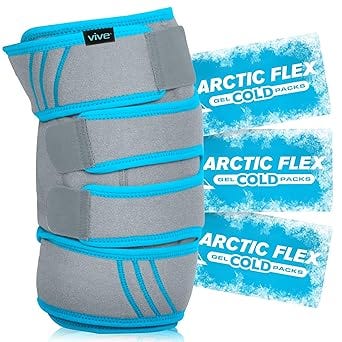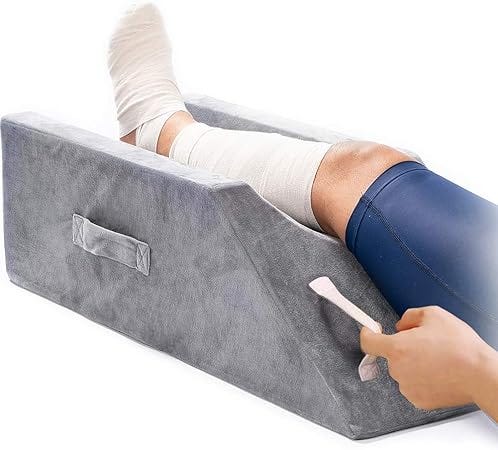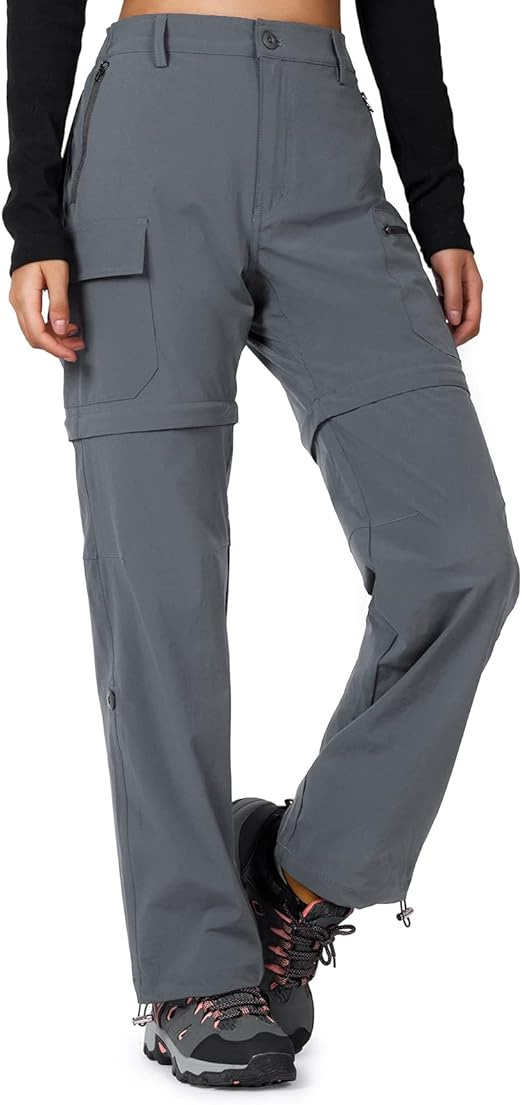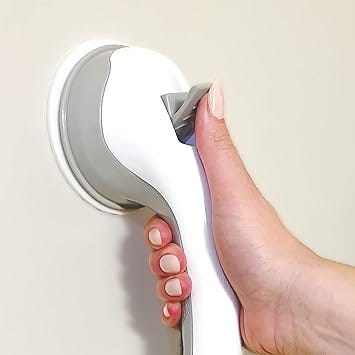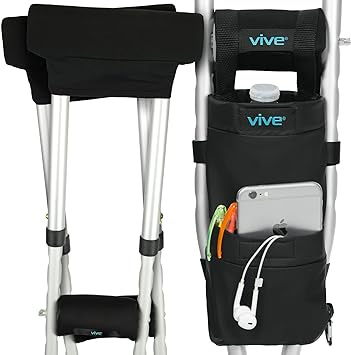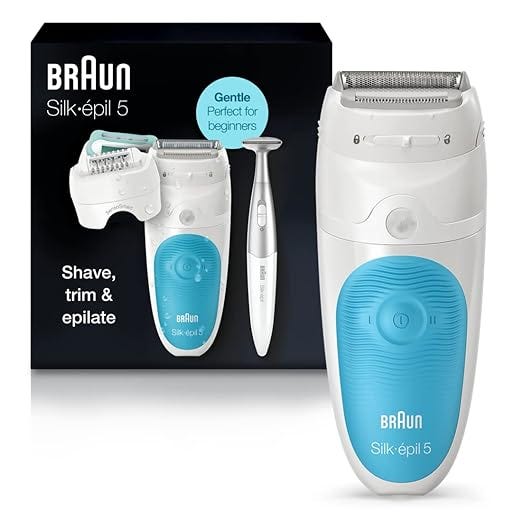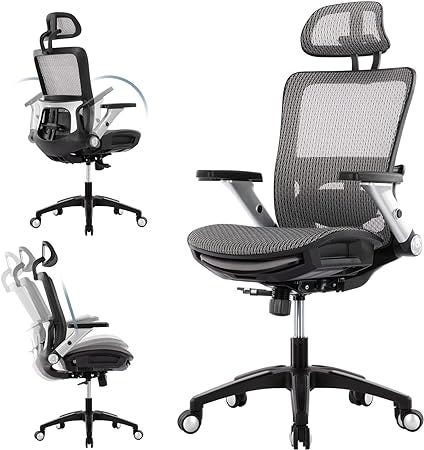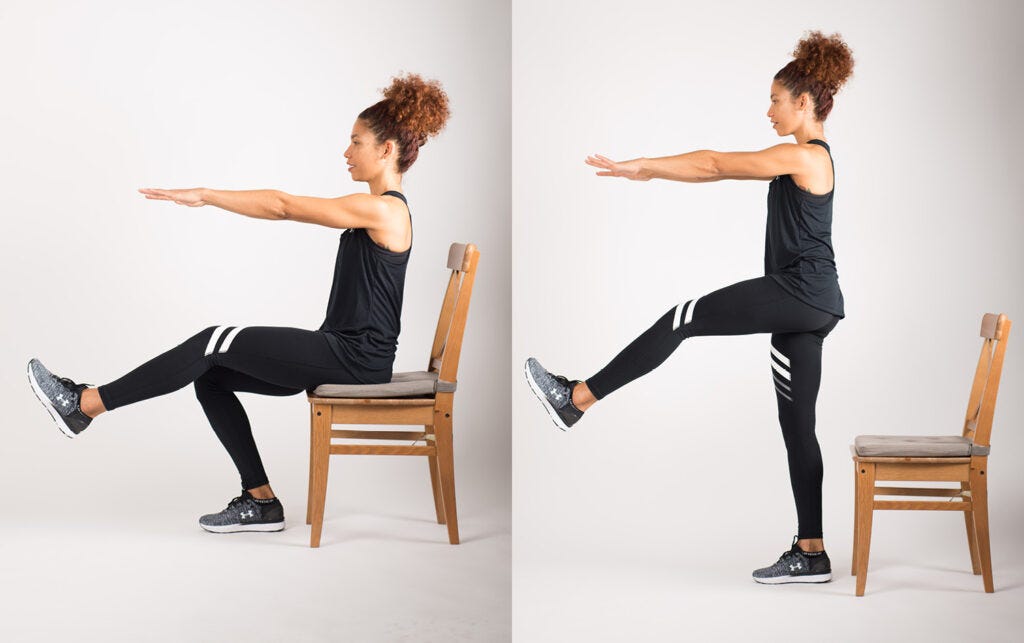Stuff You Need to Find BEFORE Having ACL Surgery
First, and foremost, make sure to have a good support person! While you may be able to put some weight on the affected leg right after your surgery, your brace will likely be locked straight and you’ll be spending most of your time laying in bed or on a couch with your leg elevated. This makes it really challenging to get around and means you’ll want to have some help at least for the two weeks. Here are a list of things my very supportive husband helped with:
Meals
Fresh ice packs
Putting on socks and shoes
Wrapping my leg before showering
Medication pick-up
All of the household chores and pet care
Grocery shopping
Transportation to/from physical therapy and post-op appointments
Once you have that person(s) lined up, there are some other non-human items you should consider getting ahold of. To that end, here is my list of the top 10 things I recommend you have on hand before heading to the hospital the day of your surgery.
1. Ice wraps—buy at least two so you can keep one “charging” in the freezer at all times. Seriously. This is at the top of my list for a reason. I was told I couldn’t ice my leg too much, and found the ice to be extremely helpful for pain management.
2. An extra pillow to put under your leg when sleeping/resting. You’ll need to keep it elevated for a while to help with the swelling, so it’s worth figuring out how you’ll do that before you come home from the hospital. This could be a basic pillow or something custom made for post-surgery recovery, like this:
3. Clothing to wear with your brace. If you’re in a warmer climate, shorts will be great. And long skirts are helpful also. If you have your surgery in January, like me, you might want to stock up on leggings. In addition, you’ll likely want something that provides some cold weather protection and also gives the physical therapists access to your knee during PT. First, I cut one leg off a pair of leggings, but then I opted for these (and sparked plenty of conversations in the process):
4. Shower protection. I was told to keep my knee completely dry for the first two weeks post-op. If you’re like me, and you want to shower at least a few times in those two weeks, wrapping your knee in plastic wrap works remarkably well.
5. Shower safety. Speaking of showering, it can be challenging to get into and out of the shower for the first month. I have a walk-in shower with a single step and even that was tough at first. Consider these types of safety mechanisms, depending on your situation.
6. Carrying help. Anytime you’re using crutches to get around, you feel like you need an extra hand, or two. I found a backpack extremely helpful to carry my phone, headphones, water bottle, snacks, and so on, and used one every time I went anywhere during the first few weeks. They also make special pouches that attach to your crutches:
7. Therapy aids. Once you graduate beyond basic leg lifts and ankle pumps, it’s quite helpful to some bands and an exercise ball at home. In fact, these are all things I still use more than a year later!
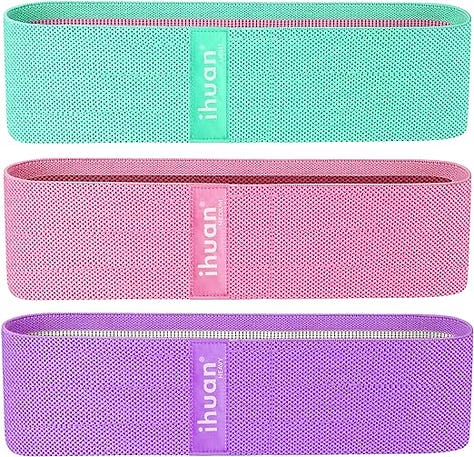
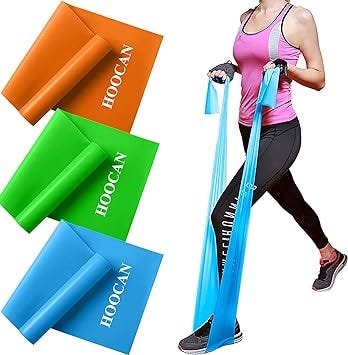
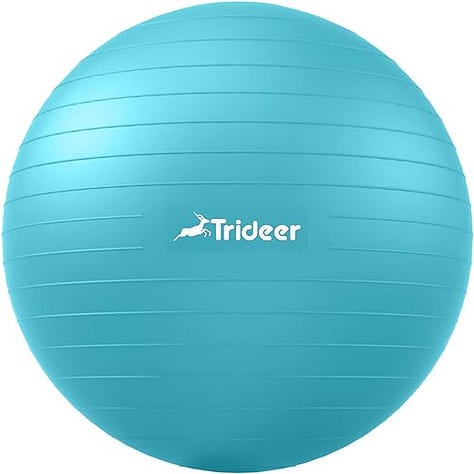
8. Hair removal tool. If you prefer hairless legs, consider a longer-term solution. Regular shaving will not be an option for awhile, and you will have PTs handling your leg several times a week. So if going hairless is your jam, and you’re not getting waxed routinely, here’s my recommendation:
9. Post-op meds. I opted for a narcotic-free recovery and have zero regrets about that. Even so, there are some medications you’ll need on hand. Acetaminophen and ibuprofen are standard and your surgeon may recommend aspirin as well. Something I didn’t realize I needed until it was a bit more urgent? Constipation relief! Apparently it’s super common after surgery and given the significant lack of physical activity post-ACL-repair, it’s highly likely you’ll need some help in this area.
10. Desk chair with leg rest. I work from home and wanted to work from bed as few days as possible. This chair is, hands down, the thing that made that happen. The leg rests are perfect for ACL recovery and the chair itself is super comfortable. At the time of this post, the chair I purchased is sold out, so I’m linking a few others that have similar capabilities. You could also purchase a separate foot rest for under your desk.
If you’ve had this surgery, what would you add to the list?
Two more tips:
Practice putting on pants, socks, and shoes with your leg held straight, as this is how it’ll need to be done for the first two weeks. This means it is especially helpful if you can touch your toes without bending your knees!
Practice some single-leg squats using your non-surgical leg, such that you can lower yourself into a seated position using only (or, at least, mostly) that leg. The more you practice beforehand, the easier this will be when it counts—after the surgery!
*This page contains Amazon Affiliate links.


